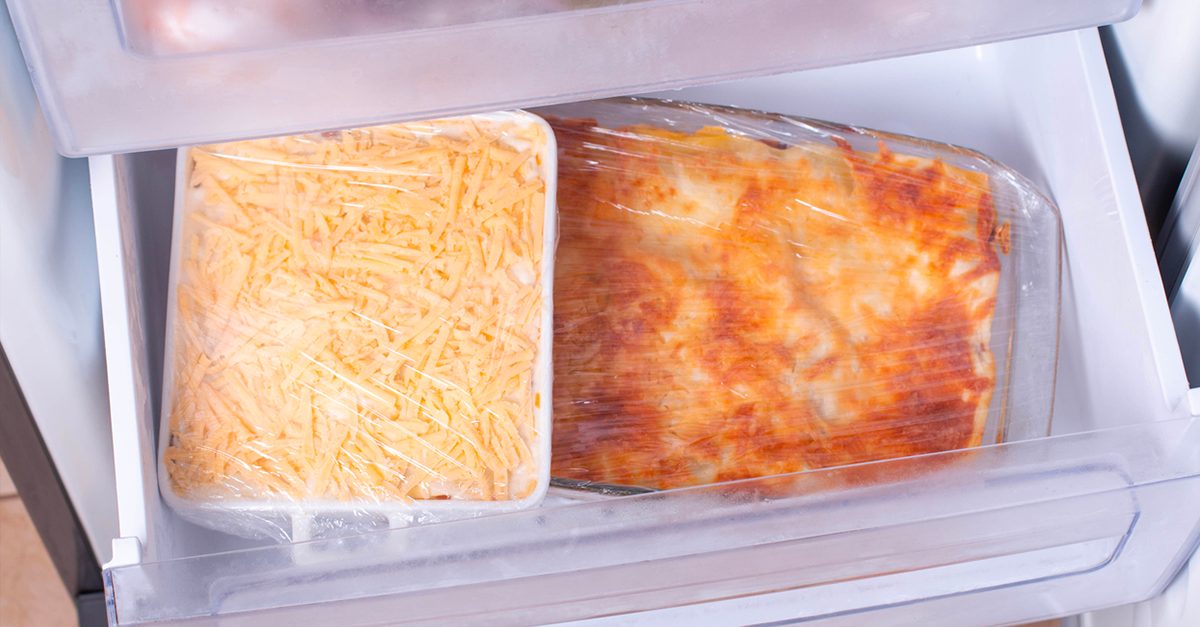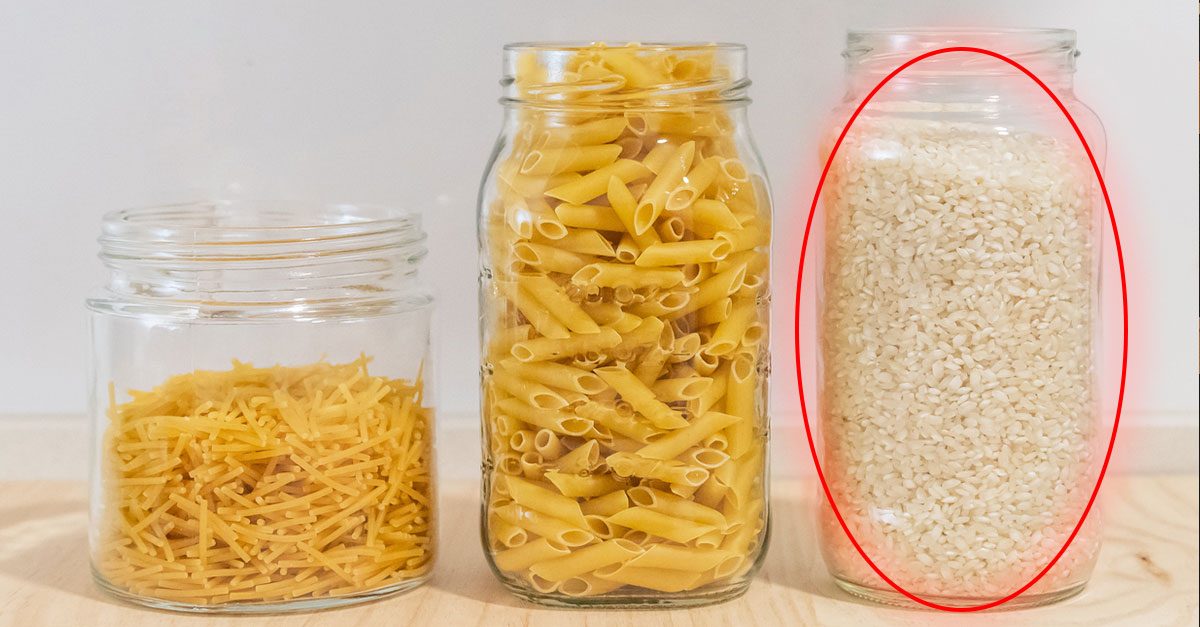How to Store Lasagna: the Best Methods to Keep Them Cooked and Uncooked
In case you end up with more lasagna portions than you intended to make, know that you can store your lasagna in the refrigerator or freezer, depending on how you will use it.
;Resize,width=742;)
When you prepare lasagna, it is rare to not be able to finish it, but if you have really overdone it with the portions, know that you can preserve lasagna both raw and cooked in different ways. To avoid wasting food, but also to find one or more portions to use when you have little time to cook. Here is how to store lasagna in the best way to keep it as long as possible.
How to Store Uncooked Lasagna
Storing uncooked lasagna can be useful for all those times when we have to prepare a dinner for guests or family, but we have little time to dedicate to the stove. You can prepare lasagna in advance and store it raw in the refrigerator: if your lasagna includes dairy products and fresh cheeses or raw meat, know that you must cook it within 12, maximum 24 hours.
Alternatively, you can also freeze them uncookeed, in the whole pan in this case, and then defrost them before cooking them: you will have to do this at least the evening before cooking, placing the pan in the fridge for a few hours, and then at room temperature, before putting them in the hot oven, so as to respect the cold chain.

How to Store Cooked Lasagna
If the lasagna has been cooked and is left over, you can store it in the refrigerator, whole or in portions: the important thing is to let it cool completely before putting it in the refrigerator. The storage times, in this case too, are limited: you must heat it and eat it within 2 days at most. If you don't think you'll eat it within this period, it's better to freeze it.
To freeze cooked lasagna, we strongly recommend that you portion it and wrap it individually, with cling film: this way you can defrost only the part you want to consume. In the freezer, cooked frozen lasagna can be stored for 2-3 months in optimal conditions.
Tips on How to Package Lasagna
For optimal preservation of lasagna, having the right tools is important: especially in the case of freezing, it helps to prevent the ice from "splitting" the fibers of the food, especially in the case of a malfunctioning thermostat. If you use film, the best thing is, once lined with it, to also wrap them in aluminum foil. Alternatively, you can use airtight containers, which will not give you any problems.
;Resize,width=767;)
;Resize,width=712;)


